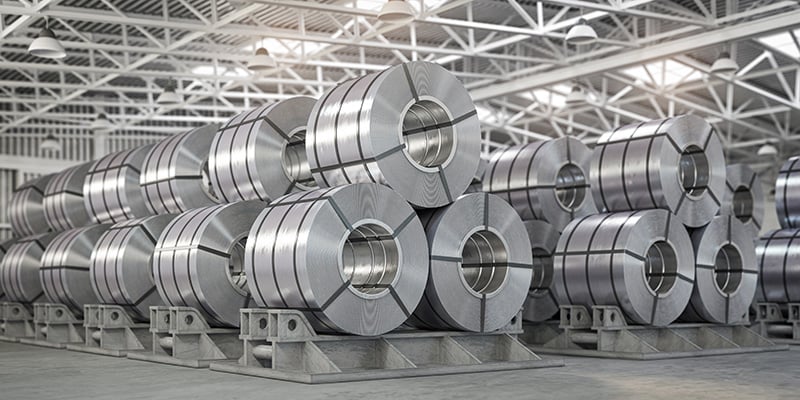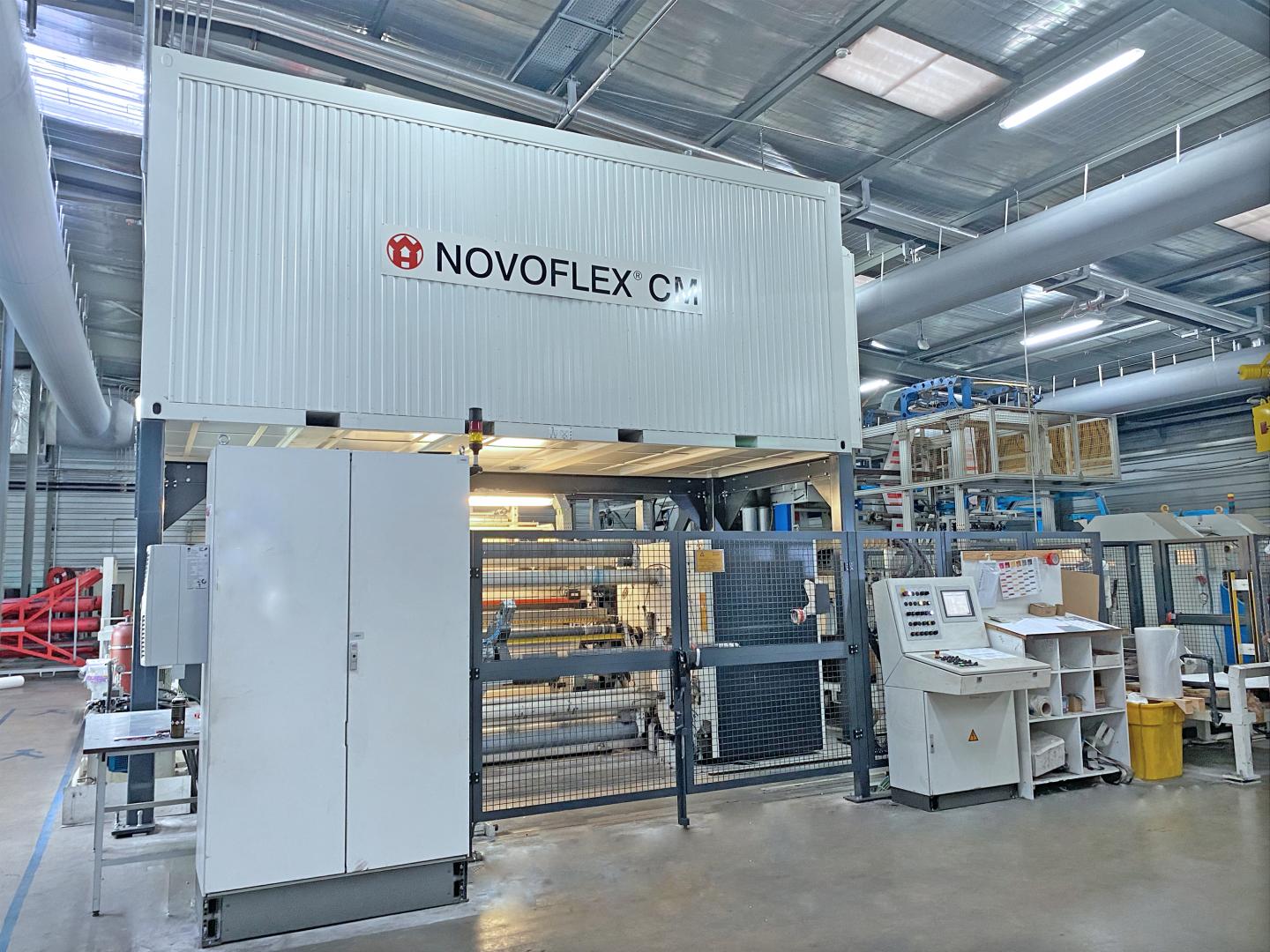Bulk Container Recycling Initiatives: Sustainably Navigating Market
Wiki Article
Effective Industrial Recycling Solutions for Lasting Product Packaging: A Comprehensive Guide
That's where this comprehensive guide on reliable industrial recycling solutions for lasting packaging comes in. By discovering key areas such as packaging material choice, creating for recyclability, carrying out recycling facilities, working together with reusing companions, and tracking and determining recycling success, this overview will certainly outfit you with the expertise and devices essential to make enlightened decisions and drive positive change within your organization. Whether you're a packaging specialist, sustainability manager, or merely interested in the subject, this overview will supply useful understandings and strategies to aid you navigate the world of sustainable packaging.Product Packaging Material Option
The choice of product packaging materials plays an essential function in making sure the sustainability of industrial recycling services. When it pertains to lasting packaging, the selection of materials is key in lessening ecological influence and maximizing reusing efficiency. Selecting the ideal materials can aid lower waste generation, preserve sources, and advertise a circular economic situation.One essential aspect to think about in product packaging product choice is recyclability - plastic container manufacturer. Products that can be quickly recycled and included back into the manufacturing cycle are liked. As an example, products like cardboard, paper, glass, and specific kinds of plastics can be reused multiple times without shedding their quality. On the other hand, materials that are challenging to reuse, such as non-recyclable compounds or blended plastics, can create challenges for the recycling process and might finish up in land fills or burners.
Another factor to consider is making use of eco-friendly and eco-friendly materials. Packaging made from renewable energies, such as plant-based plastics or biopolymers, can help minimize reliance on fossil gas and minimize environment adjustment. Additionally, naturally degradable materials break down naturally over time, reducing the build-up of waste in land fills.
Additionally, the weight and volume of packaging products must be reduced to reduce transport costs and power consumption. Lightweight products not only require fewer resources during manufacturing yet also add to reduce carbon emissions throughout transportation.
Designing for Recyclability
Packaging developers must focus on the use of products that are extensively accepted for reusing and have developed reusing facilities. Materials such as glass, aluminum, and particular types of plastic, like PET and HDPE, are generally recycled and must be preferred over products that are expensive or tough to recycle.Another critical consideration in making for recyclability is the removal of unnecessary elements or materials. By minimizing the variety of layers, coatings, and additional parts, product packaging can be made easier and much easier to recycle. In addition, developers must aim to minimize making use of blended products, as they can complicate the recycling process.

Implementing Recycling Infrastructure
Effective implementation of recycling infrastructure is critical for the success of commercial recycling services. Without appropriate framework in position, the reusing procedure becomes ineffective and inefficient, impeding the overall goal of lasting packaging.To implement reusing facilities successfully, a number of crucial variables require to be taken into consideration. To start with, there ought to be a well-organized collection system that facilitates the splitting up and collection of recyclable products. This can consist of designated recycling bins in public spaces, along with collaborations with waste management firms for curbside pickup and sorting.
Once gathered, the recyclable products require to be moved to recycling facilities in a prompt fashion. This needs effective logistics and transportation networks, making certain that the materials get to the proper facilities right away.
At the reusing centers, advanced sorting and processing modern technologies must remain in area to separate various kinds of products effectively. This consists of making use of automated sorting machines, optical scanners, and hand-operated sorting techniques.
In addition, there ought to be a robust market demand for recycled products. This can be achieved via collaborations with makers and markets that use recycled products in their production processes. Creating a secure market for recycled products incentivizes the reusing sector and advertises the round economy.
Working Together With Recycling Partners

One key element of teaming up with recycling companions weblink is the facility of clear interaction channels. It is important to establish open lines of communication to assist in the exchange of information, updates, and responses. This permits both celebrations to stay informed regarding the progression of reusing efforts and deal with any type of challenges or concerns that might arise.
Additionally, partnership can entail joint efforts in making and applying recycling programs. Reusing partners can give useful understandings and support in establishing effective collection systems and determining the most appropriate recycling modern technologies. By collaborating, businesses and reusing partners can optimize the reusing procedure and reduce waste.
Moreover, cooperation can extend past the operational facets of recycling. It can likewise incorporate campaigning for and education and learning initiatives. By signing up with forces, organizations and recycling companions can elevate understanding about the relevance of recycling and promote the fostering of lasting product packaging practices amongst customers and other stakeholders.
Monitoring and Measuring Recycling Success
To ensure the effectiveness of commercial reusing services and the success of lasting packaging goals, it is vital for companies and their reusing partners to develop an extensive system for monitoring and measuring recycling success (industrial packaging solutions). Determining and tracking recycling success permits organizations to analyze the impact of their recycling initiatives, recognize locations for renovation, and set significant targets for future developmentOne method to track reusing success is via making use of data collection and evaluation tools. By gathering data on the quantity of packaging waste produced, the percentage of waste that is recycled, and the kinds of materials being reused, businesses can obtain important insights into their reusing efficiency. This data can after that be assessed to identify patterns, patterns, and locations of inefficiency.
An additional crucial element of monitoring and measuring reusing success is establishing clear and standardized metrics. This enables companies to compare their performance versus sector benchmarks and track their progression over time. Metrics such as reusing rates, waste diversion prices, and greenhouse gas discharges can supply a quantitative measure of a service's recycling success.

Verdict
To conclude, implementing reliable commercial recycling remedies for lasting packaging needs cautious consideration of packaging material option, making for recyclability, executing recycling infrastructure, collaborating with reusing partners, and monitoring and determining reusing success. By including these practices, businesses can contribute to a more environmentally-friendly and lasting technique to product packaging, minimizing waste and advertising the circular economic climate.By exploring key areas such as packaging product selection, developing for recyclability, executing recycling infrastructure, collaborating with reusing partners, and tracking and determining recycling success, this a fantastic read overview will equip you with the knowledge and tools essential to make educated decisions and drive favorable modification within your organization. Product packaging designers must focus on the usage of materials that are extensively approved for reusing and have developed reusing frameworks.Cooperation with recycling partners is vital for the successful execution of industrial reusing solutions and the success of view lasting product packaging objectives. By signing up with pressures, organizations and reusing companions can increase recognition concerning the relevance of reusing and promote the fostering of sustainable product packaging practices amongst consumers and other stakeholders.
By collecting data on the quantity of product packaging waste created, the percent of waste that is recycled, and the types of materials being reused, companies can acquire valuable insights into their recycling efficiency.
Report this wiki page